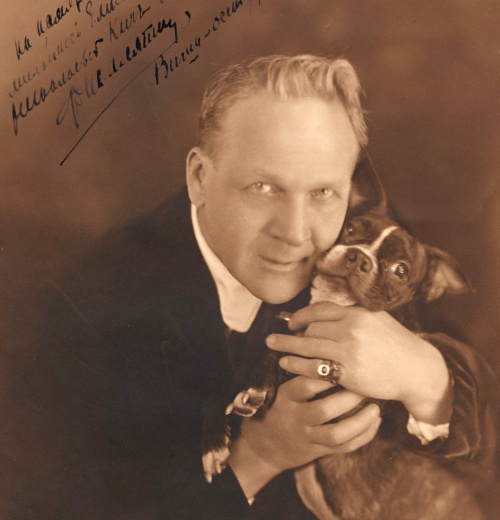The guitarists’ guitarist and the songwriters’ songwriter, Bert Jansch (1943–2011) influenced musicians as diverse as Jimi Hendrix, Jimmy Page, Paul Simon, Sandy Denny, Nick Drake, Donovan, Pete Townshend, Neil Young, Bernard Butler, Beth Orton, and Laura Marling.
Unassuming, enigmatic, and completely focused on his music until his untimely death, he remained singularly resilient to the vagaries of fashion, being rediscovered and revered by new generations of artists every few years.
Born in Edinburgh, Jansch became an inspirational and pioneering figure during Britain’s folk revival of the 1960s. In 1967 he formed the folk/jazz fusion band Pentangle with John Renbourn and enjoyed international success; when they split in 1973 he returned to his solo career, securing his standing as one of the true originals of British music.
This according to Dazzling stranger: Bert Jansch and the British folk and blues revival by Colin Harper (London: Bloomsbury, 2000, 2nd ed. 2006).
Jansch would have turned 70 today! Below, his classic version of Black waterside.









